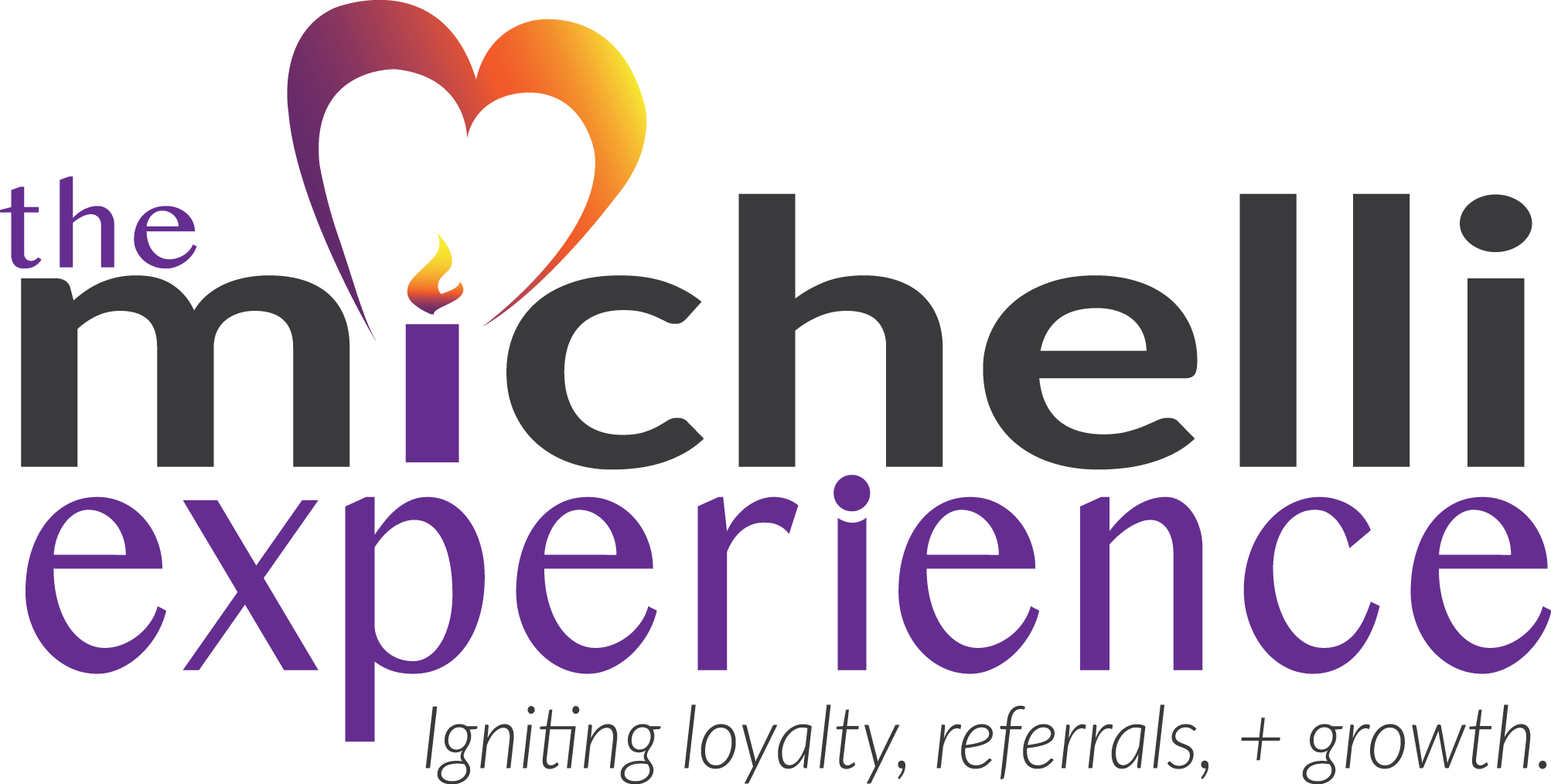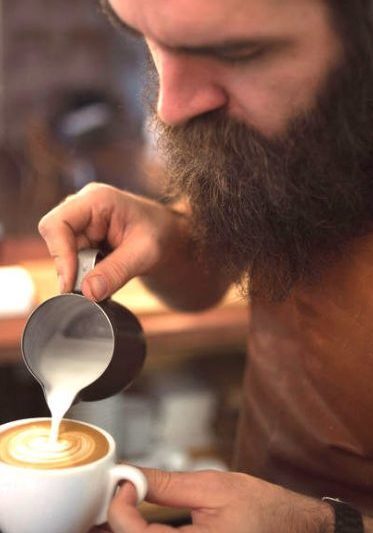A recent About.com article written by Barbara Farfan has me thinking about my clients’ USPs. If you haven’t heard about the concept of a USP, it stands for a Unique Selling Proposition. In short it is that special something that makes you different from your competitors.
To demonstrate the power of this concept, I harken back a number of years when I was working with a client at one of the major office supply retailers. My client had just reviewed a market research study that said customers who had been interviewed in the parking lot of any of the big three US office supply stores could not tell the interviewer at which of the three chains they had just shopped. In essence, the three stores had no unique selling proposition, they were essentially the same. My client was charged with helping elevate his brand’s Unique Selling Proposition my means of a simplified customer experience.
Fast forward to Barbara Farfan’s current article where she notes, “While Staples enjoyed just a 1.5% increase in profits in the first quarter of 2008, their competitor, Office Depot, suffered a staggering 55% decrease in profits at the same time. The explanation behind Office Depot’s profit freefall might be complicated from their point of view, but from a customer vantage point, the reasons are simple; everybody sells the same envelopes, and nobody gives a discount on printer ink. But Staples is ‘easy.’ Office Depot is not. When products and prices are confusingly similar, the retailer that gets more consumer dollars is the one that offers a superior experience. Apparently, a large majority of small business people agree that Staples owns the ‘Experience Unique Selling Proposition’ for office supply outlets.”
Barbara goes on to suggest that the bargain USP is particularly attractive in this economy. That is proven by the fact that much of the tax stimulus checks circulated in May 2009 ended up at Walmart and CostCO. Walmart cashed 350 million dollars worth of these checks and quadrupled its same store sales compared to May of 2007. Costco’s gains were significant at 9%.
But before you travel your business down into the bargain bin, Barbara points out that other businesses are avoiding a commoditization trap through a product uniqueness selling proposition. Barbara notes, “Even with its May success, Wal-Mart’s clothing category sales were down, while Children’s Place and Buckle Inc. clothing sales were up by 10% and 44.1% respectively. Why? Because Buckle Inc. is the ‘it’ store for teens who dress themselves, and Children’s Place is the ‘it’ store for kids who are dressed by their parents. Even though Wal-Mart has better clothing prices, consumers went for better clothing style. This demonstrates irrefutably that a “Product USP” has power even in a tight economy.”
So what’s your Unique Selling Proposition… product, experience, or bargain? Maybe it’s one of many others like status-provider, or environmental leader. What’s most important is that you and your team know you USP and use it to maximize your brand differentiation in a sea of product and service sameness.

Joseph A. Michelli, Ph.D. is a professional speaker and chief experience officer at The Michelli Experience. A New York Times #1 bestselling author, Dr. Michelli and his team consult with some of the world’s best customer experience companies.
Follow on Twitter: @josephmichelli



